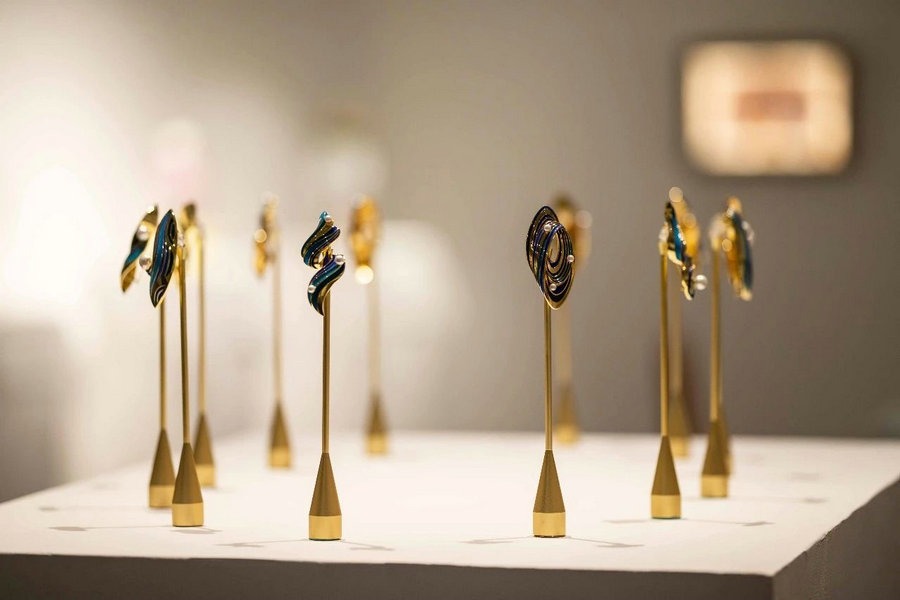Joining ingenuity with culture
Craftsman honored by Forbes China for transforming traditional architectural techniques into a phenomenon, Yang Feiyue reports.


In the worst of times, Liu Wenhui couldn't afford the delivery fee for a package six years ago. Now, he stands proudly as one of Forbes China's top 100 outstanding craftsmen of 2024, having transformed his passion for ancient Chinese architecture into a cultural phenomenon.
In a spacious plant based in Hangzhou, the capital of East China's Zhejiang province, the air hums with saws and smells of fresh wood. Workers meticulously craft ancient-looking building components like dougong (interlocking wooden brackets). Each person has a specific role — selecting wood, making components, sanding, polishing, and assembling the mortise-and-tenon joints.
"We are busy producing a new array of mortise-and-tenon building blocks," says the man in his 40s.
By simplifying designs and using plastic instead of wood, they've reduced the manufacturing costs of making toys that customers buy to build an ancient structure.
The most affordable set is 98 yuan ($13) and 2,000 units sold out in less than a month after launching in November 2024.
"The best way to preserve cultural heritage is to make it usable," explains the man from Fenyang in North China's Shanxi province.
"When people engage with it, it thrives," he adds.
One of the oldest and most revered woodworking techniques worldwide, mortise-and-tenon has a history of over 7,000 years. Originating in ancient China, this method relies on interlocking joints to connect pieces of wood without nails, glue or other fasteners.
The mortise is a cavity or hole carved into one piece of wood, while the tenon is a protruding tongue on another piece that fits snugly into the mortise. When joined, the pieces create a durable and often intricate structure.
This technique reached its zenith in traditional Chinese architecture, where it was used to construct everything from grand temples and palaces to humble homes and furniture. The most iconic examples of mortise-and-tenon craftsmanship can be seen in ancient Chinese buildings.
"For ancient architecture, if you don't build it right, it won't stand and look good," Liu says.





































